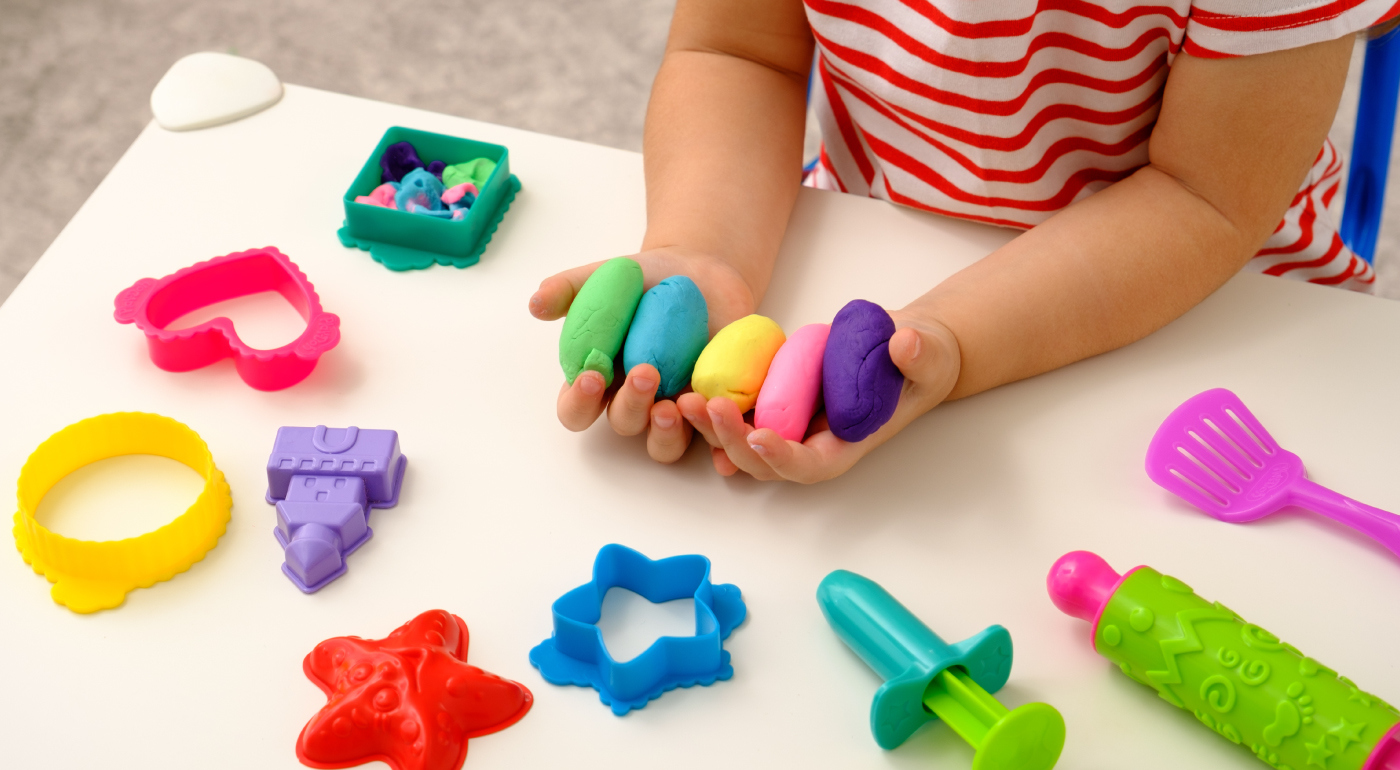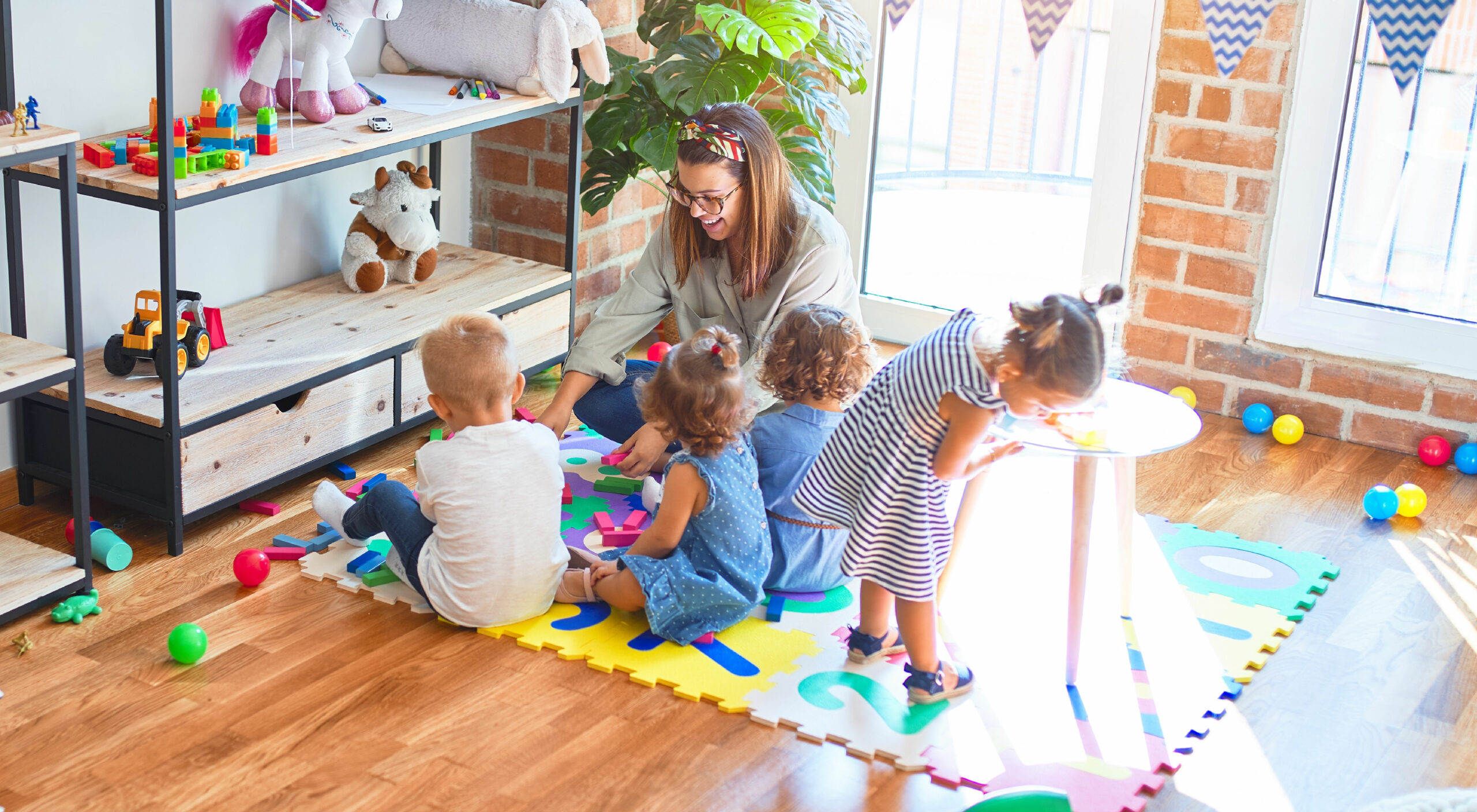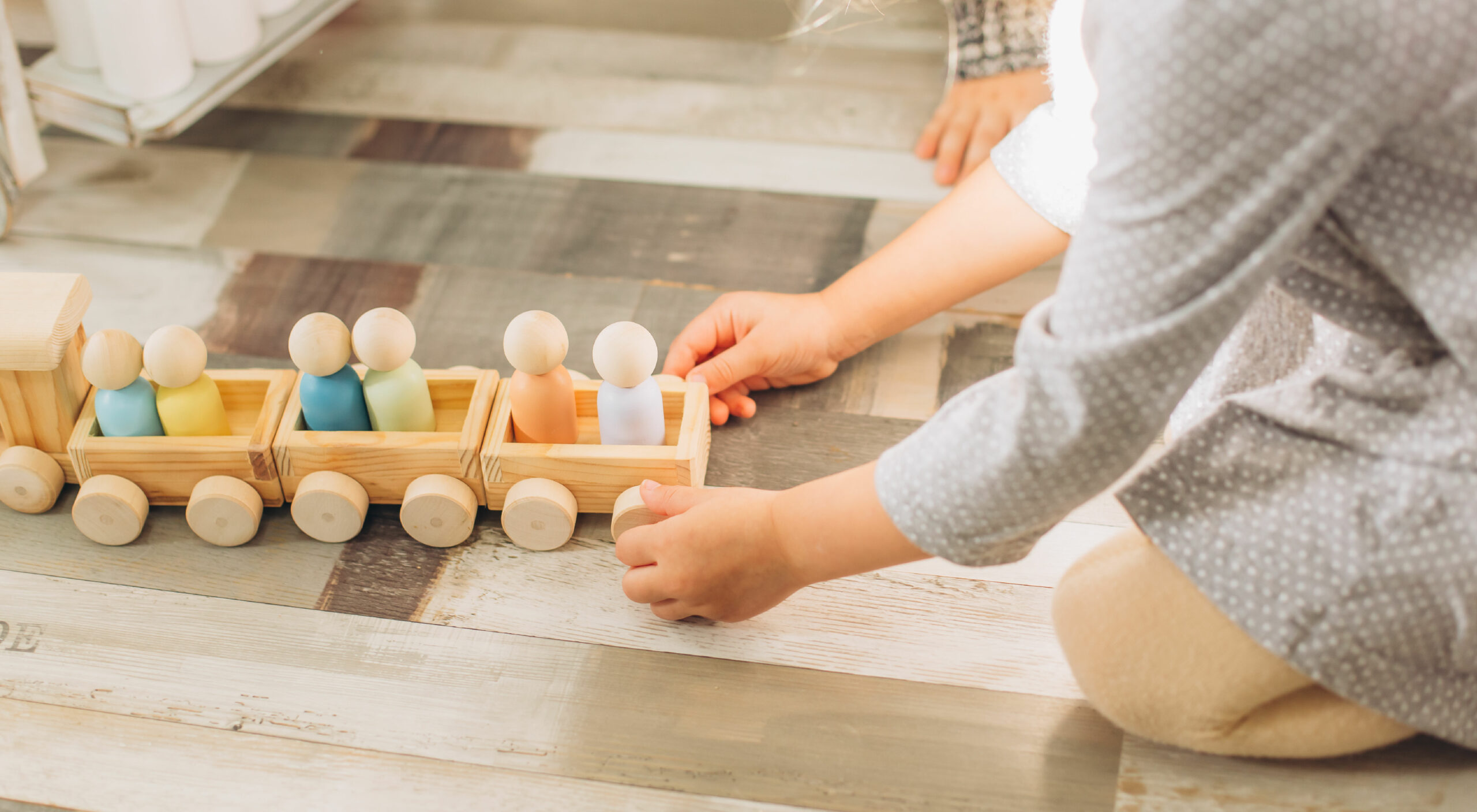Piedmont Hills Montessori Academy has been serving families in San Jose for over 30 years with quality Montessori-style education and daycare for little ones. If you have just stumbled across our website, you might have a few questions about our method of teaching. If you have never heard of Montessori-based childcare or don’t have a clear understanding of what it is, keep reading to learn all about it!
What is the Montessori Method?
Simply put, the Montessori Method is a style of education that focuses on children’s individual interests and activities as opposed to traditional, formal teaching styles. At the heart of this teaching method is a deep respect for children. Rather than trying to squeeze all children into the same learning box and expecting them to succeed, the Montessori Method recognizes the unique natures of children and seeks to nurture their curiosity and independence.
When we give children the opportunity to learn at their own pace, they have the freedom to explore what interests them and the time to process it in a way that works for them. There is no pressure to keep up with a rigorous schedule or meet milestones at a specific point in time. It is amazing to see how quickly children can teach themselves when given the opportunity and tools to do so. This is what Montessori education is all about.
The Main Elements of Montessori Education
The Montessori Method may look slightly different at different daycares and academies, but there are common threads you will likely see across the board. According to the American Montessori Society, there are five core components of Montessori education.
1. Trained Montessori Teachers
Like you would expect of any teacher, Montessori teachers have received special training and certifications in this method of education. These qualifications ensure that teachers have the skills, knowledge, and tools to facilitate Montessori learning. At PHMA, we hire highly-qualified Montessori-certified teachers for our classrooms.
2. Multi-Age Classrooms
Some Montessori schools will have a broader range of ages in a class than traditional schools. For example, rather than having an infant classroom specifically for newborns, a Montessori infant class might include newborns through 18-month-olds. Combining ages allows children to learn from each other in a way that they can’t when they are separated. Some states require schools to divide classes by certain ages, so not all Montessori schools can prioritize this component.
3. Montessori Materials
Thoughtfully-designed Montessori materials pique children’s natural curiosity and learning tendencies. They prioritize independent learning and problem solving through repetition and practice. These materials typically feature simple shapes, bright colors, and natural materials to stimulate hands-on learning. At PHMA, we have a wide variety of Montessori materials for children to play and learn with.
4. Child-Directed Work
This component is perhaps one of the most significant differentiators of Montessori education. Children have the freedom to pursue what interests them at their own pace, unconfined by rigid schedules or fast-paced environments. At PHMA, we are committed to providing a safe environment where children are free to learn independently.
5. Uninterrupted Work Periods
Uninterrupted work periods give children the time to work on whatever they choose, with support from teachers as needed. Children choose an activity, participate in it as long as they would like, then clean up the activity before moving on to the next one. At PHMA, we build uninterrupted work periods into our daily class routines.
The History of Montessori Education
Dr. Maria Montessori developed the Montessori Method in the early 1900s when she opened Casa dei Bambini (Children’s House) in San Lorenzo, Italy. She designed this learning center specifically for the children who would be attending, most of whom had never been formally educated. Some people even thought that it would be impossible for these children to learn, due to their disadvantaged backgrounds.
Montessori used unique methods of education to engage the children, including puzzles, meal preparation, and a variety of hands-on learning experiences. Over time, she noticed that the children were essentially using their surroundings to teach themselves. She observed increased concentration skills and calm behavior.
After the success of her first learning center, she went on to open several others in Italy. Within a few years, the news about Montessori’s method of education was spreading throughout Europe and beyond. Interestingly, the new schools were not only geared toward disadvantaged children; on the contrary, they were geared toward the wealthy as well. People were seeing the benefit that this style of learning had on all children, regardless of financial background.
Montessori Method in the United States
In 1911, the first Montessori school in the United States opened. The learning method spread rapidly throughout the country for several years, until Dr. Montessori and her method began receiving criticism by several prominent educators in 1915. It did not take long for the criticism to spread, and by the 1920s, only a few Montessori-style education centers remained.
But it didn’t stay this way for too long. In the 1950s, a young teacher named Nancy Rambusch discovered Montessori’s writings and sought to learn more about them. Fascinated by the alternative teaching methods, she made it her goal to revive Montessori-style education in the United States. She was successful, and in 1960, the American Montessori Society was established.
Now, there are over 5,000 Montessori schools in the U.S. alone. Piedmont Hills Montessori Academy is proud to be one of them!
“A child who has become master of his acts through long and repeated exercises, and who has been encouraged by the pleasant and interesting activities in which he has been engaged, is a child filled with health and joy and remarkable for his calmness and discipline.” –Maria Montessori
The Montessori Method at PHMA
At Piedmont Hills Montessori Academy, we prioritize several aspects of Montessori Method learning. Read about our values below.
Self-Directed Learning
In the right environment and with the right tools, children of all ages can love learning. We provide your child with a rich and safe environment where they can learn independently.
Guided Exploration
Children are naturally curious, and they need the opportunity to explore the world around them. We utilize guided exploration sessions to introduce your child to new objects, ideas, and activities in a controlled, supervised environment.
Free Play
Imaginations are meant to run wild, and that is exactly what happens during free play at PHMA. Your child can play independently or together during this time with whatever captures their interest on a given day.
Nurturing Environment
Our preschool balances independent discovery with child-centered academic learning. We nurture children’s imaginations and ignite their curious minds to discover and explore the world using their five senses and a variety of activities and curricula.
Is Montessori Daycare Right for My Child?
We believe that Montessori education can benefit every child, and we would love to talk with you and answer any questions you may have about it. Contact us today to schedule a tour, see our facilities, and learn more about our Montessori academy in San Jose, California!



